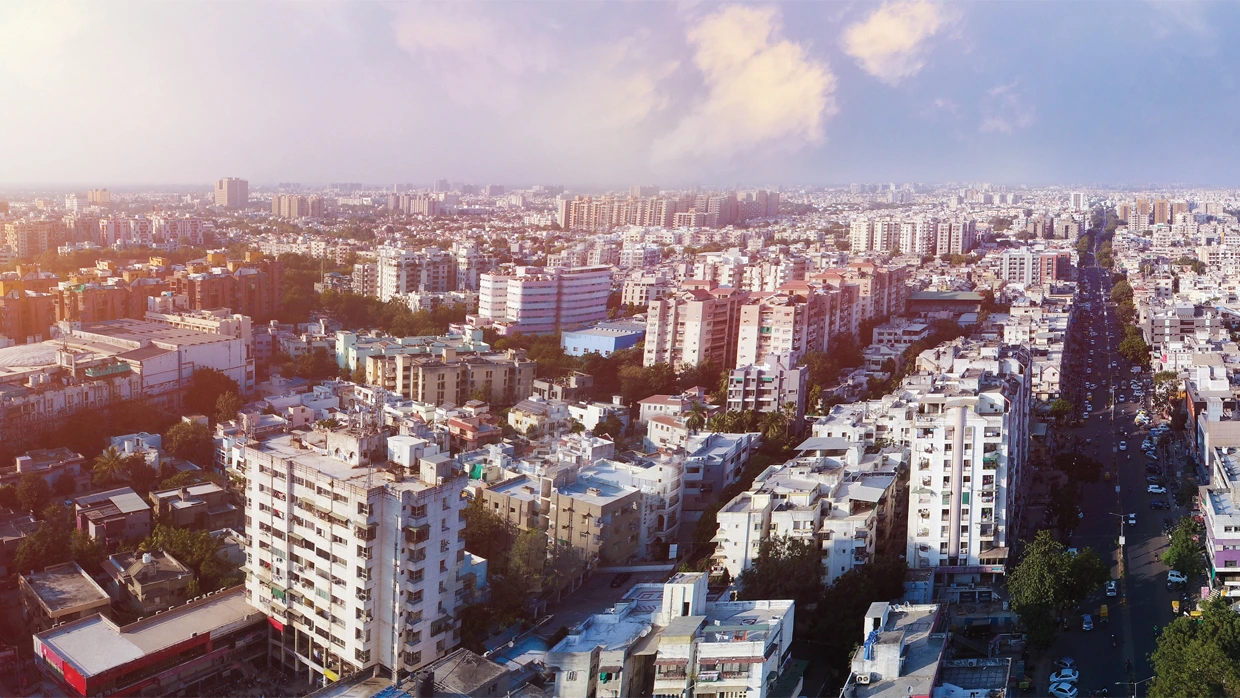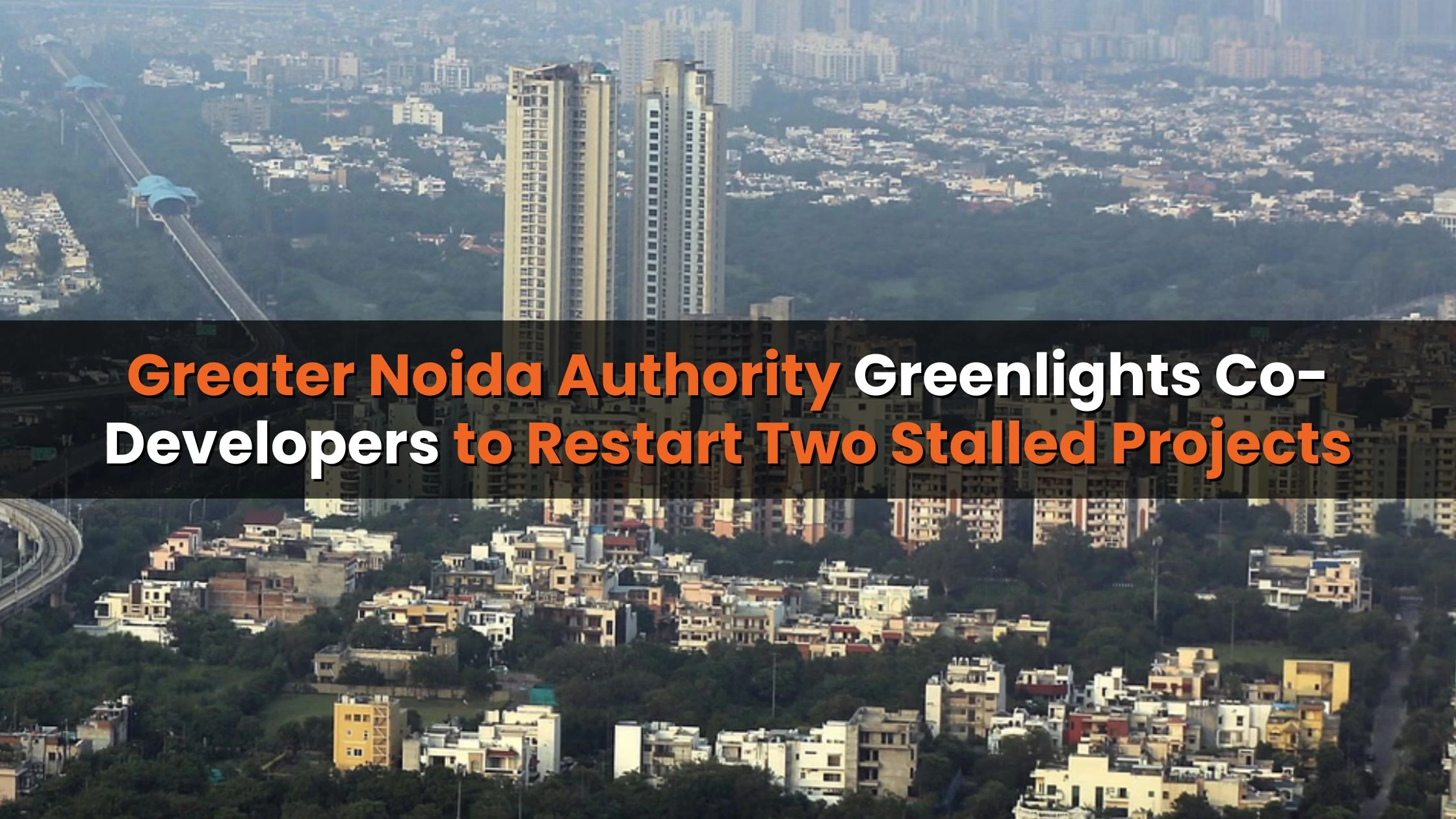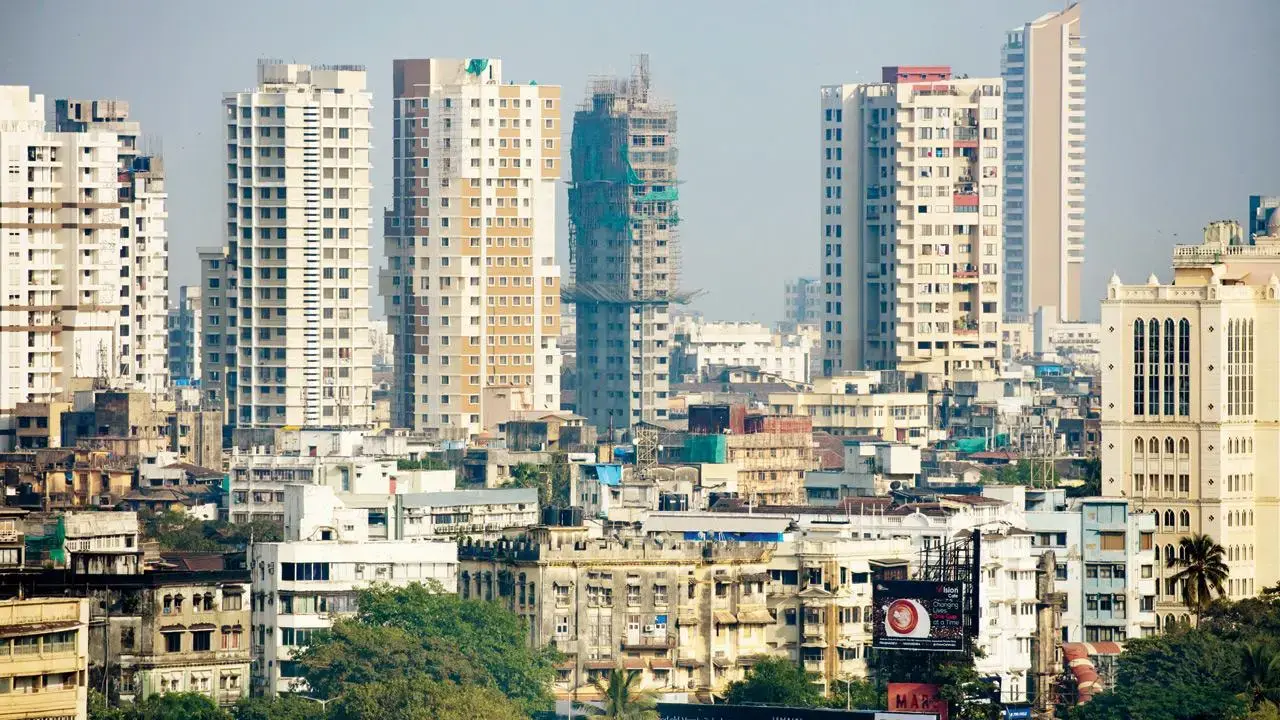Table of Content
India’s real estate market, particularly in Tier-2 cities, is experiencing a major transition. According to a report by NSE-listed data analytics firm PropEquity, the housing supply in Tier-2 cities fell sharply by 35% in the first quarter of 2025 compared to the same period last year. This steep decline, from 45,901 units in Q1 2024 to 30,155 units in Q1 2025, highlights a shift in strategy among developers and evolving preferences among homebuyers.
The Big Picture: A Nationwide Dip in New Launches
The 35% contraction in new housing units is a widespread phenomenon, impacting a majority of the top 15 Tier-2 cities. This notable decrease in the housing supply in Tier-2 cities from the previous year points towards a deliberate slowdown by real estate developers. Cities like Bhubaneshwar, Ahmedabad, Gandhinagar, Surat, Vadodara, Nagpur, and Nashik have all reported a dip in new projects, indicating a broad-based trend rather than a localized issue.
A Tale of Cities: Regional Variations in Supply
While the headline figure indicates a significant drop, the situation varies dramatically from one city to another. Bhubaneshwar experienced the most severe decline, with new launches plummeting by 72% to just 772 units in the first quarter of 2025. Similarly, the bustling Ahmedabad real estate market saw its supply shrink by 35%, from 17,108 units in Q1 2024 to 11,096 units in Q1 2025. At the other end of the spectrum, Nashik witnessed a minimal decline of 2%.
However, the story of the housing supply in Tier-2 cities has a remarkable exception. Coimbatore single-handedly bucked the trend, reporting an astonishing 127% increase in its housing supply, which grew from 477 to 1,077 units.
Regionally, Eastern and Central India bore the brunt of the slowdown, with a 68% fall in new launches. This was followed by Northern India (55%), Western India (28%), and Southern India (26%). The seven state capitals within this list of top 15 cities collectively saw a 43% decline in new supply.
Also Read: LG’s Task Force Recommends Redevelopment of 50-Year-Old DDA Colonies
The Price is Right: Shifting Focus in Property Segments
Perhaps the most telling aspect of this trend is the dramatic shift in the pricing of new properties. The market is clearly consolidating in the mid-range and affordable luxury segments. An overwhelming 95% of the total supply in Q1 2025 was for homes priced under ₹2 crore, a significant jump from 87% in the previous year.
A detailed breakdown reveals:
- Below ₹50 Lakh: This affordable segment saw its supply more than halved, dropping from 15,420 units to 7,124 units. Its share of the total market fell from 33% to 24%.
- ₹50 Lakh - ₹1 Crore: This price bracket has emerged as the new sweet spot. Despite a 12% dip in absolute numbers, its share of the total supply soared from 36% to a dominant 48%.
- ₹1 Crore - ₹2 Crore: This segment also gained favour, with its share of new launches increasing from 18% to 23%.
- Above ₹2 Crore: The luxury market saw a massive 73% contraction in new supply, with its market share dwindling from 13% to just 5%.
Expert Insights: Why Are Developers Being Cautious?
Samir Jasuja, Founder and CEO of PropEquity, explains this shift as a "cautious approach and shifting priorities by developers." He notes that "financially robust developers with a strong balance sheet look to launch premium homes in order to increase their profit margin." This explains the growing share of homes in the ₹1-2 crore bracket. Conversely, the supply of homes under ₹50 lakh has seen a consistent decline due to its perceived "unviability" for developers in the current economic climate.
Jasuja also points to macroeconomic factors, suggesting that with home loan rates hovering around 8-8.5%, a recent repo rate cut by the RBI could further drive down borrowing costs, providing a fresh impetus for homes in the ₹50 lakh to ₹2 crore range.
The Future Outlook: Opportunity Knocks in Tier-2 Markets
Despite the current slowdown in supply, the long-term outlook for the housing supply in Tier-2 cities remains robust. Jasuja emphasizes that "the tier 2 cities present a huge opportunity for corporates and developers." This optimism is fueled by massive infrastructure development and a strong government focus on transforming these urban centers into the next drivers of economic growth. These foundational improvements are expected to consistently fuel end-user demand.
In conclusion, the significant drop in housing supply in Q1 2025 is not a sign of a failing market but rather a strategic recalibration. Developers are adapting to new economic realities and evolving buyer preferences, focusing on financial viability and targeting the burgeoning mid-range segment. As these cities continue to grow and attract investment, the current dip in supply is likely to pave the way for a more mature, sustainable, and demand-driven property market. The evolution of the housing supply in Tier-2 cities will be a critical indicator of India's ongoing urbanization story.
Follow AquireAcers Whatsapp Channel to Stay Updated With The Latest Real Estate News










Ans 1. Housing supply in Tier-2 cities dropped by 35% in Q1 2025 compared to the same period in 2024, declining from 45,901 units to 30,155 units.
Ans 2. Bhubaneshwar saw the steepest decline, with new launches plummeting by 72% to just 772 units in Q1 2025.
Ans 3. Yes, Coimbatore bucked the trend with a remarkable 127% increase in housing supply, growing from 477 to 1,077 units during the same period.
Ans 4. Eastern and Central India faced the largest drop in new launches, with a 68% decline, followed by Northern India (55%), Western India (28%), and Southern India (26%).
Ans 5. Developers are increasingly targeting the mid-range and affordable luxury segments. In Q1 2025: 95% of new supply was priced under ₹2 crore. The ₹50 lakh to ₹1 crore segment became the dominant category, accounting for 48% of the total supply. The affordable segment (below ₹50 lakh) and the luxury segment (above ₹2 crore) saw significant contractions in supply.
Ans 6. Developers find the affordable housing segment less viable in the current economic climate due to rising costs and lower profit margins.
Ans 7. High home loan rates (8-8.5%) are influencing buyer decisions, but recent repo rate cuts by the RBI may reduce borrowing costs and boost demand in the ₹50 lakh to ₹2 crore range.
Ans 8. Developers are recalibrating their strategies to align with evolving buyer preferences and financial realities. This includes focusing on mid-range homes that offer better profit margins and cater to sustained demand.
Ans 9. Despite the current slowdown, Tier-2 cities hold significant growth potential due to infrastructure development, urbanization, and government initiatives. Developers are expected to gradually increase supply as market conditions stabilize.
Ans 10. Infrastructure projects are transforming Tier-2 cities into urban growth hubs, attracting investment and boosting end-user demand for housing, ensuring a positive long-term outlook.